Optimising the Use of Contemporary Invasive Imaging for PCI
Published: 06 July 2021
-
Views:
 28982
28982
-
Likes:
 7
7
-
Views:
 28982
28982
-
Likes:
 7
7
-
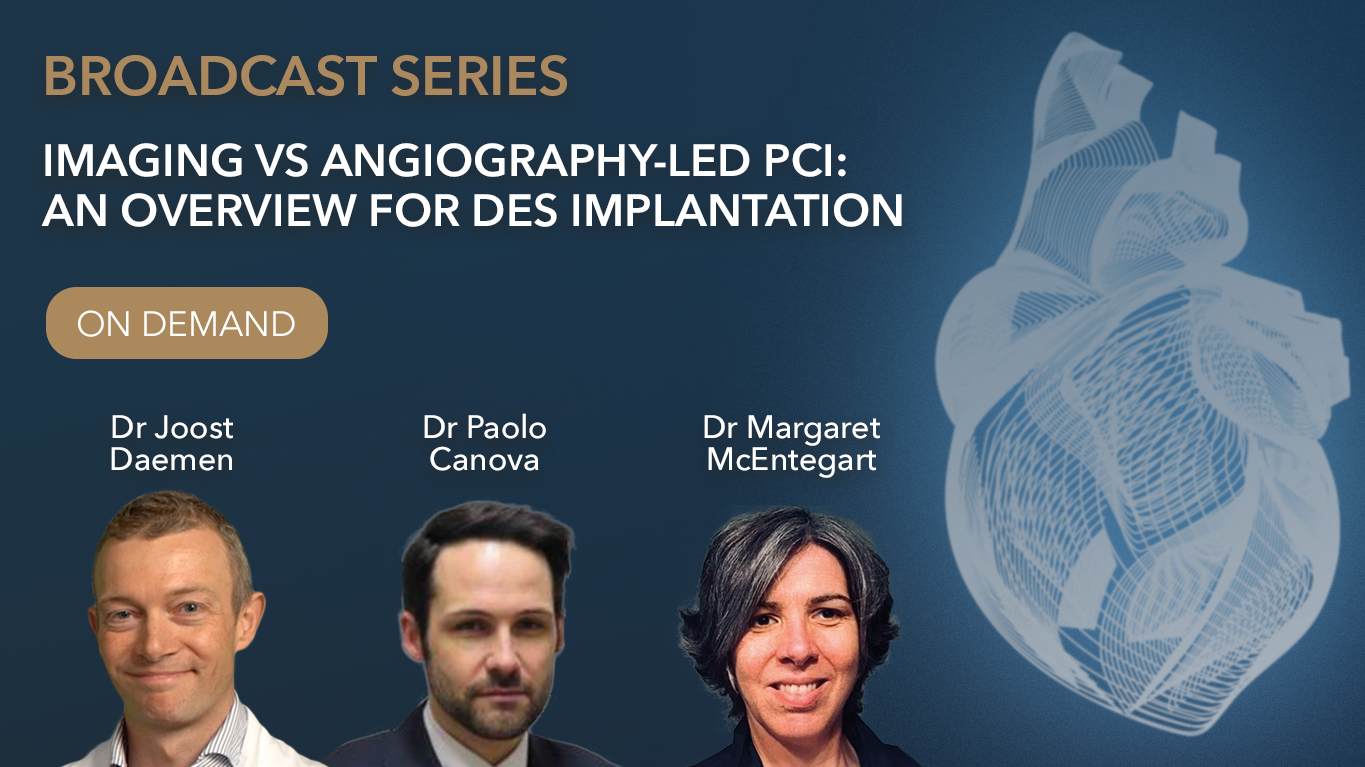 Up Next
Up Next -
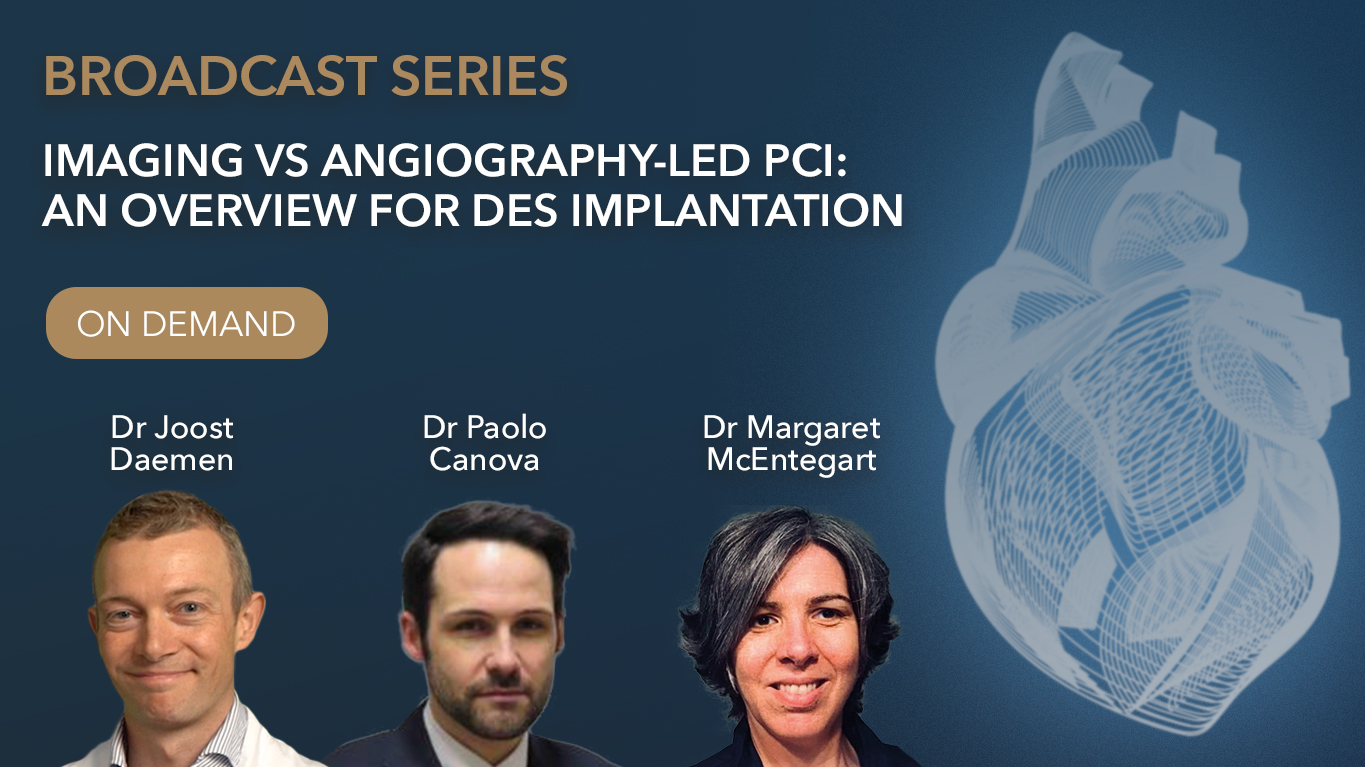 22m 52sPart 1 | Session 4 Faculty Discussion
22m 52sPart 1 | Session 4 Faculty Discussion
-
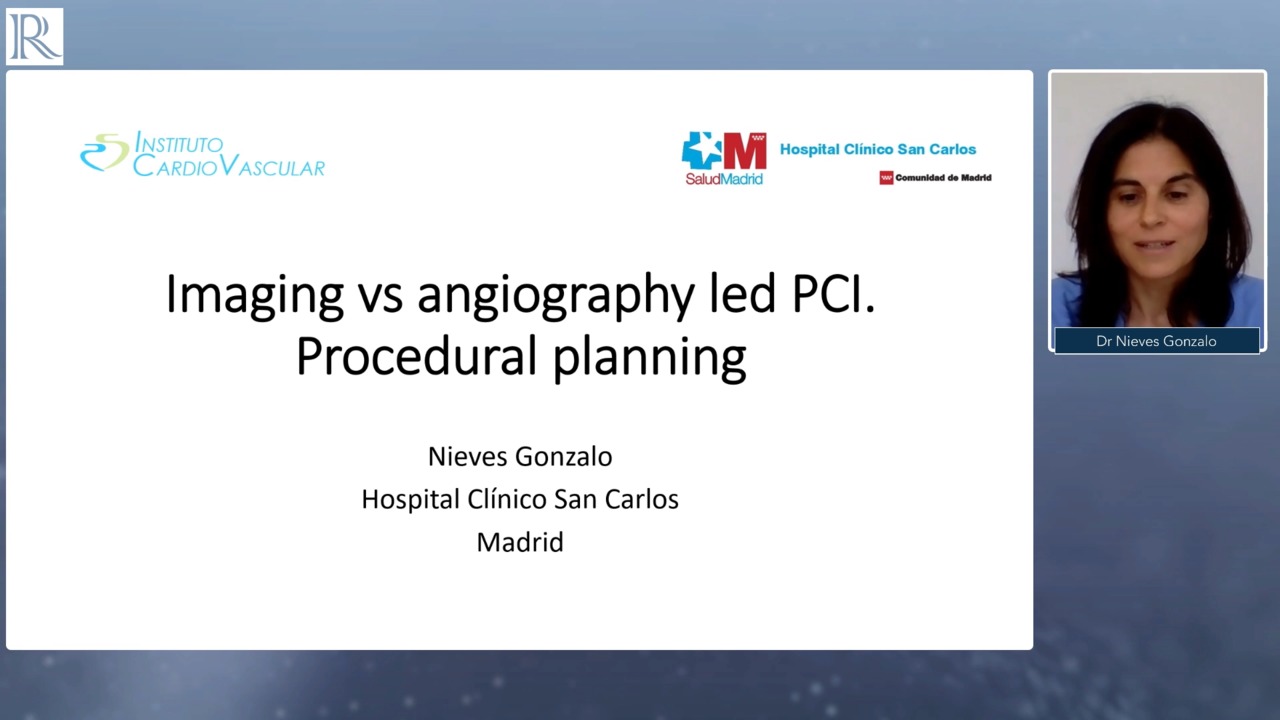 15m 56sPart 2 | Session 1 Plenary and 'Use of Imaging Pre-Stent for Procedural Planning’ Presentation
15m 56sPart 2 | Session 1 Plenary and 'Use of Imaging Pre-Stent for Procedural Planning’ Presentation -
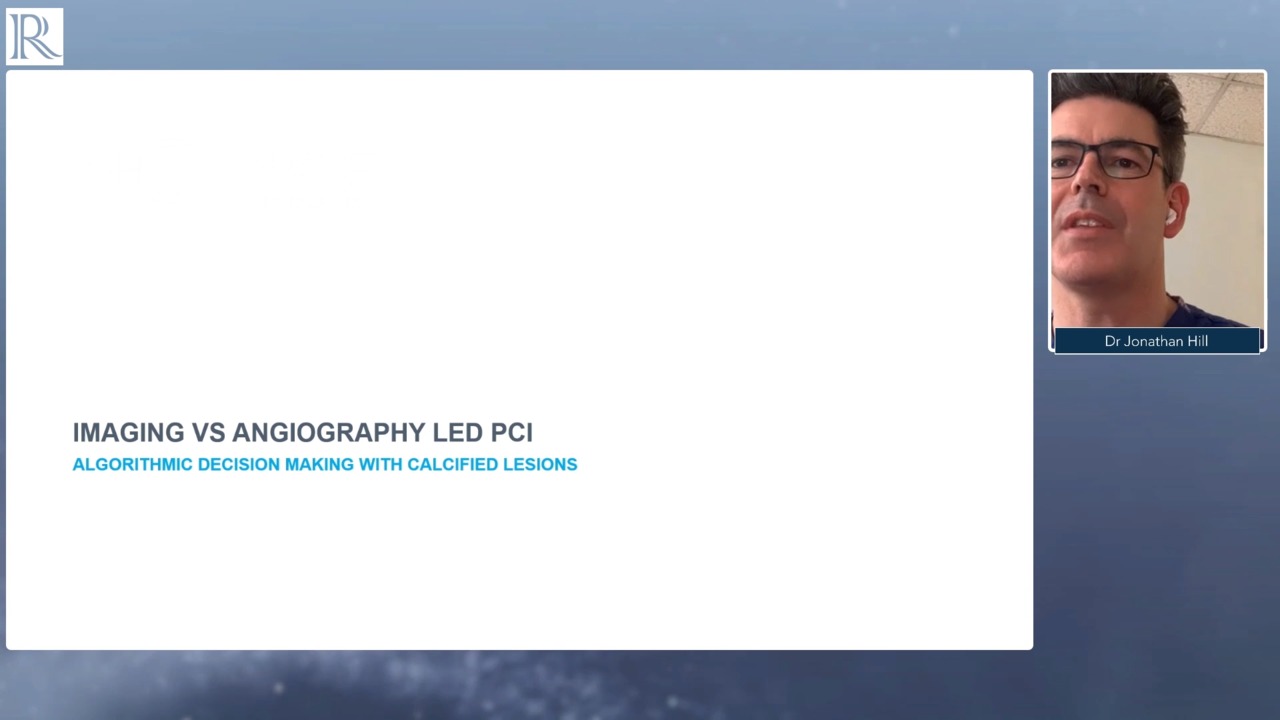 7m 44sPart 2 | Session 2 Deep Dive into Calcification and Plaque Modification’ Presentation
7m 44sPart 2 | Session 2 Deep Dive into Calcification and Plaque Modification’ Presentation -
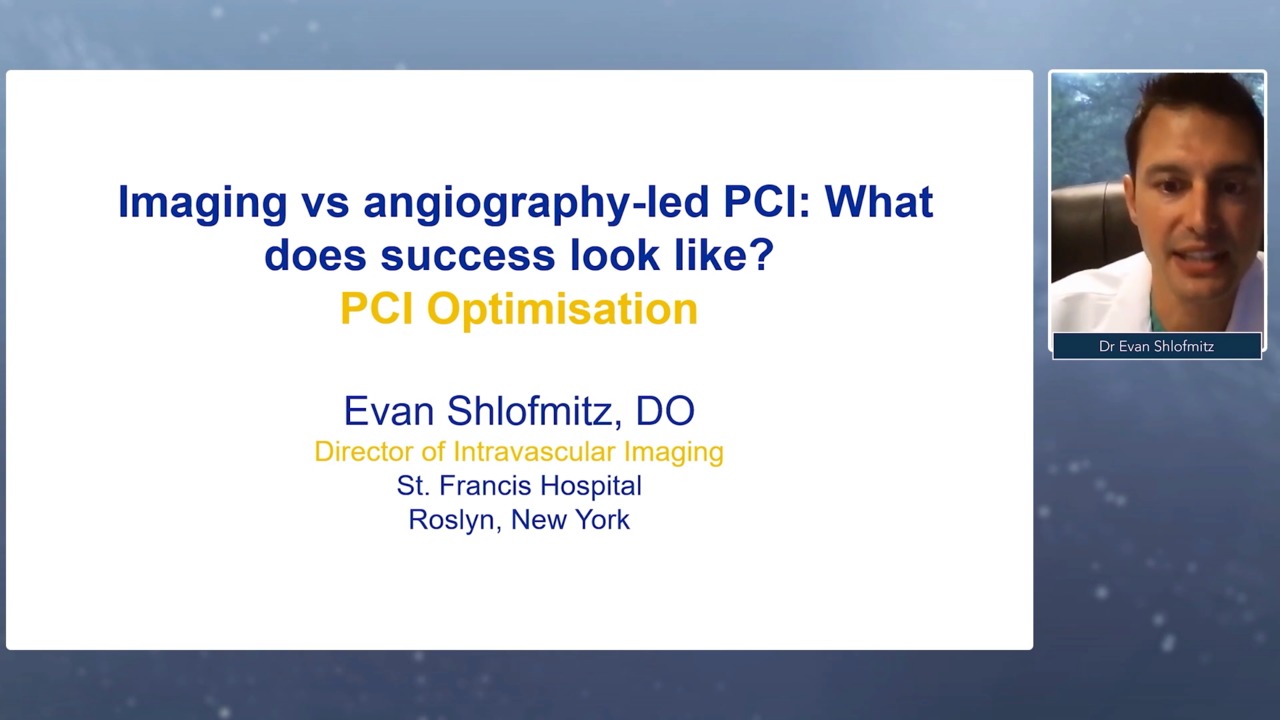 8m 29sPart 2 | Session 3 Proceed with ‘PCI Optimisation’ Presentation
8m 29sPart 2 | Session 3 Proceed with ‘PCI Optimisation’ Presentation -
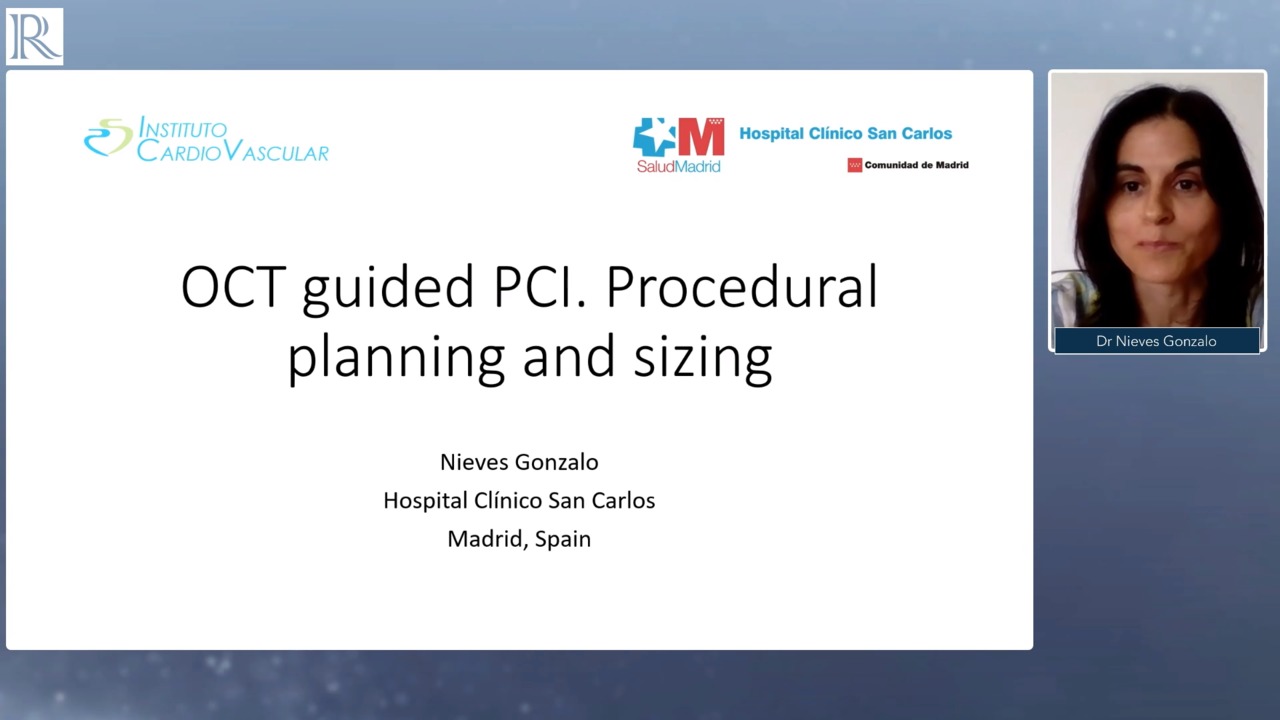 13m 43sPart 2 | Session 4 'Use of Imaging Pre-Stent for Procedural Planning’ - Case Study
13m 43sPart 2 | Session 4 'Use of Imaging Pre-Stent for Procedural Planning’ - Case Study -
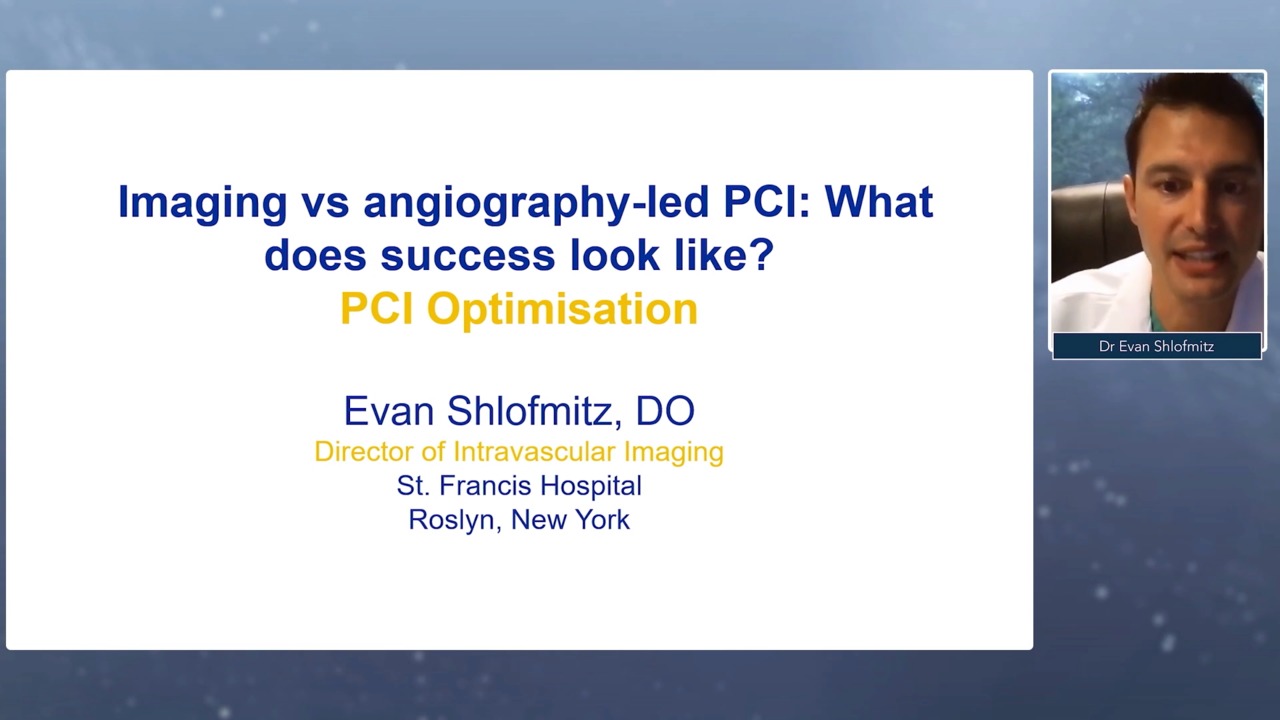 10m 39sPart 2 | Session 5 Proceed with ‘PCI Optimisation’ - Case Study
10m 39sPart 2 | Session 5 Proceed with ‘PCI Optimisation’ - Case Study -
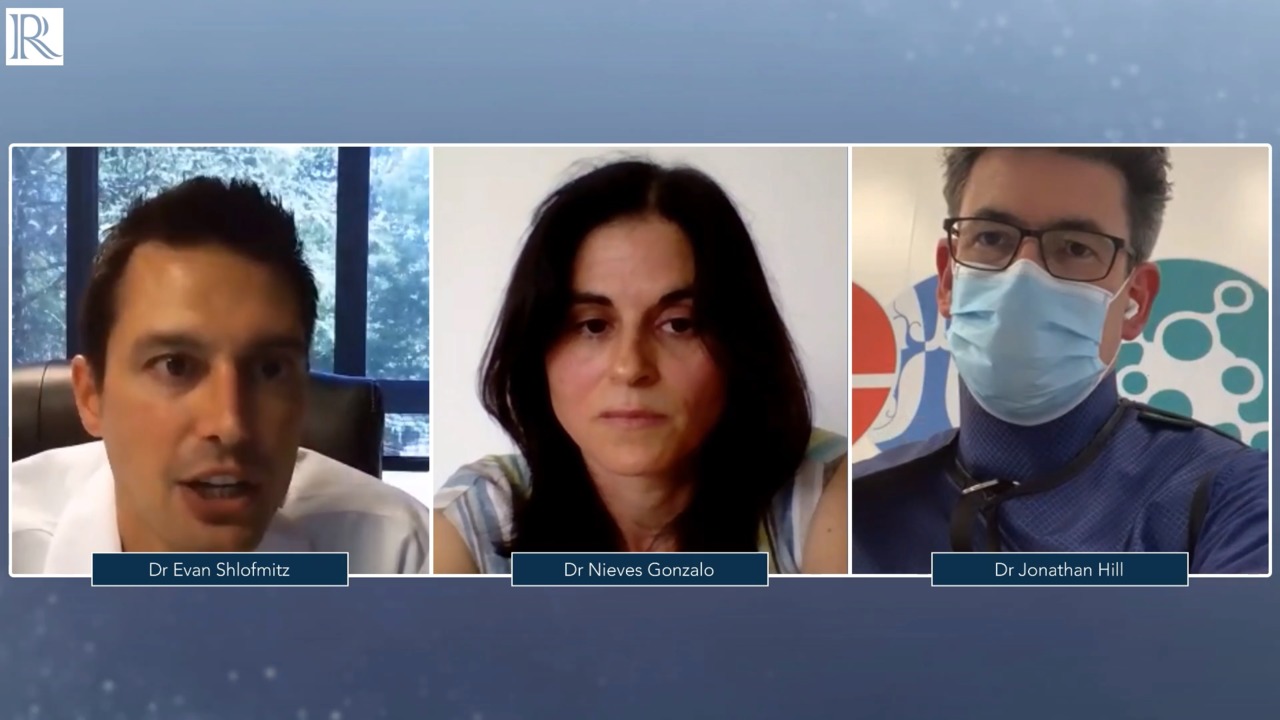 3mPart 2 | Session 6 Faculty Discussion
3mPart 2 | Session 6 Faculty Discussion
-
 11m 45s
11m 45s -
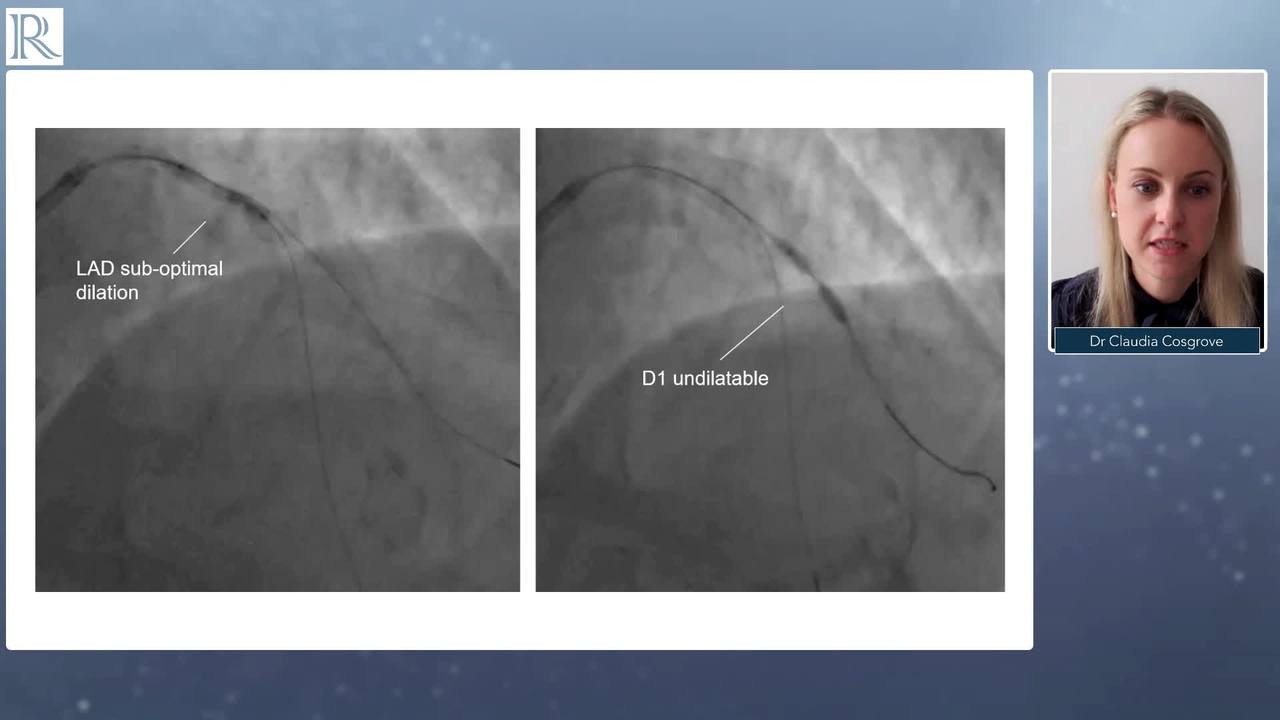 7m 34sPart 3 | Session 2 'OCI in angiographic ambiguity' Presentation
7m 34sPart 3 | Session 2 'OCI in angiographic ambiguity' Presentation -
 7m 34sPart 3 | Session 3 'OCI in Bifurcations and Stent Failure' Presentation
7m 34sPart 3 | Session 3 'OCI in Bifurcations and Stent Failure' Presentation -
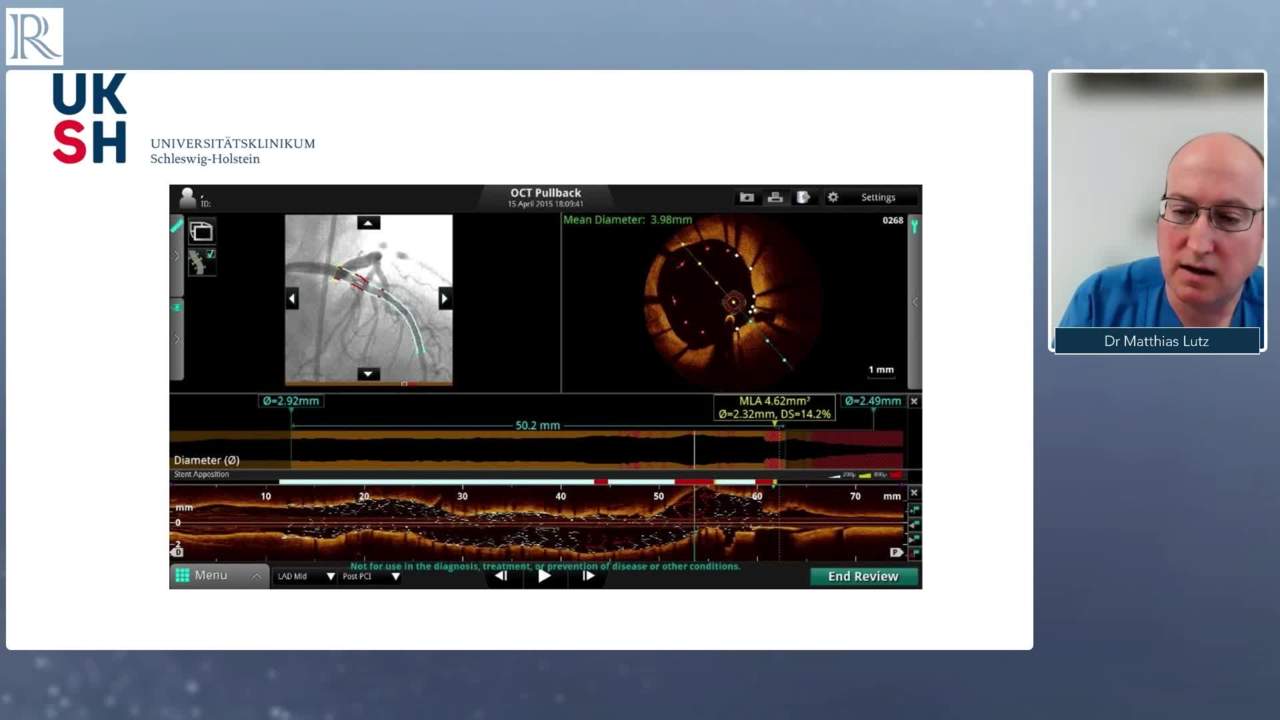 10m 13sPart 3 | Session 4 Case study from Dr Matthias Lutz
10m 13sPart 3 | Session 4 Case study from Dr Matthias Lutz -
 8m 48sPart 3 | Session 5 Case Study from Claudia Cosgrove
8m 48sPart 3 | Session 5 Case Study from Claudia Cosgrove -
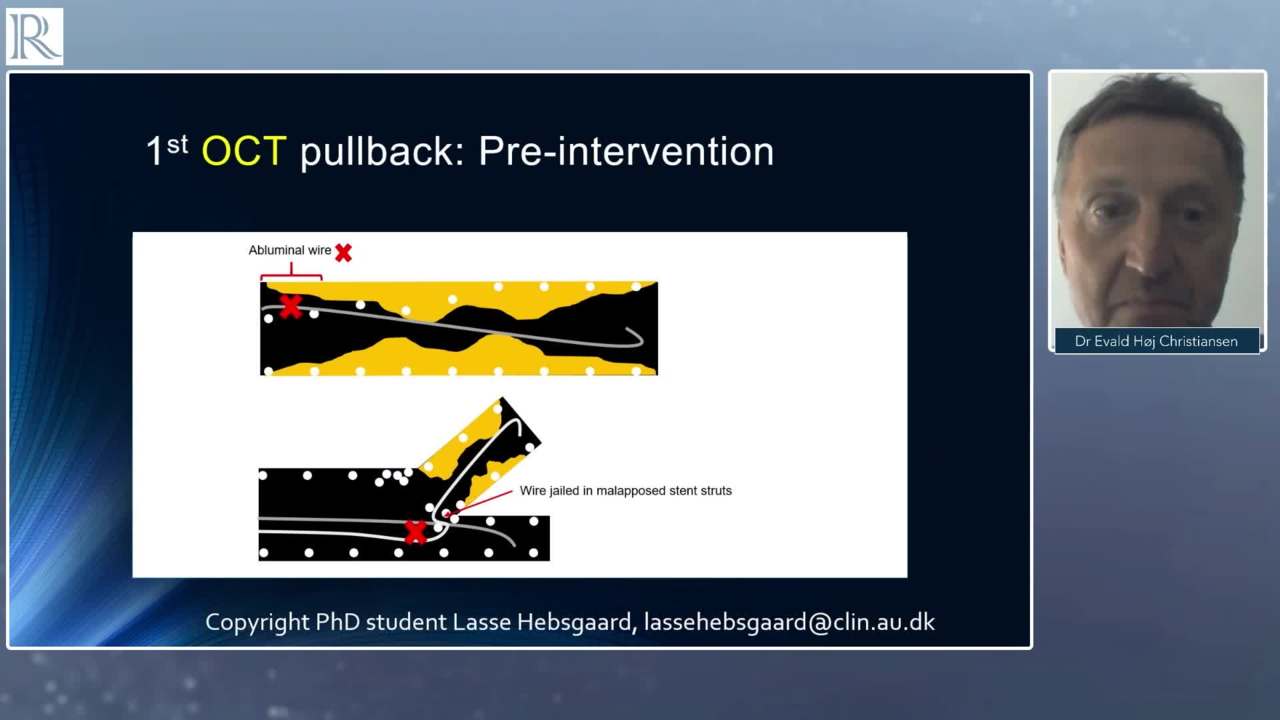 5m 48sPart 3 | Session 6 Case Study from Evald Høj Christiansen
5m 48sPart 3 | Session 6 Case Study from Evald Høj Christiansen -
 20m 7sPart 3 | Session 7 Faculty Discussion
20m 7sPart 3 | Session 7 Faculty Discussion
-
 9m 41sPart 4 | Session 1 Introduction and 'Light Lab Data' Presentation
9m 41sPart 4 | Session 1 Introduction and 'Light Lab Data' Presentation -
 7m 56sPart 4 | Session 2 'MLD' Presentation
7m 56sPart 4 | Session 2 'MLD' Presentation -
 10m 2sPart 4 | Session 3 'Post PCI Optimization the MAX in MLDMAX' Presentation
10m 2sPart 4 | Session 3 'Post PCI Optimization the MAX in MLDMAX' Presentation -
 12m 7sPart 4 | Session 4 Case Study - Long Lipidic Plaque
12m 7sPart 4 | Session 4 Case Study - Long Lipidic Plaque -
 8m 1sPart 4 | Session 5 Case Study - Calcified Plaque
8m 1sPart 4 | Session 5 Case Study - Calcified Plaque -
 9m 44sPart 4 | Session 6 Case Study - Bifurcation
9m 44sPart 4 | Session 6 Case Study - Bifurcation -
 20m 26sPart 4 | Session 7 Faculty Discussion
20m 26sPart 4 | Session 7 Faculty Discussion
-
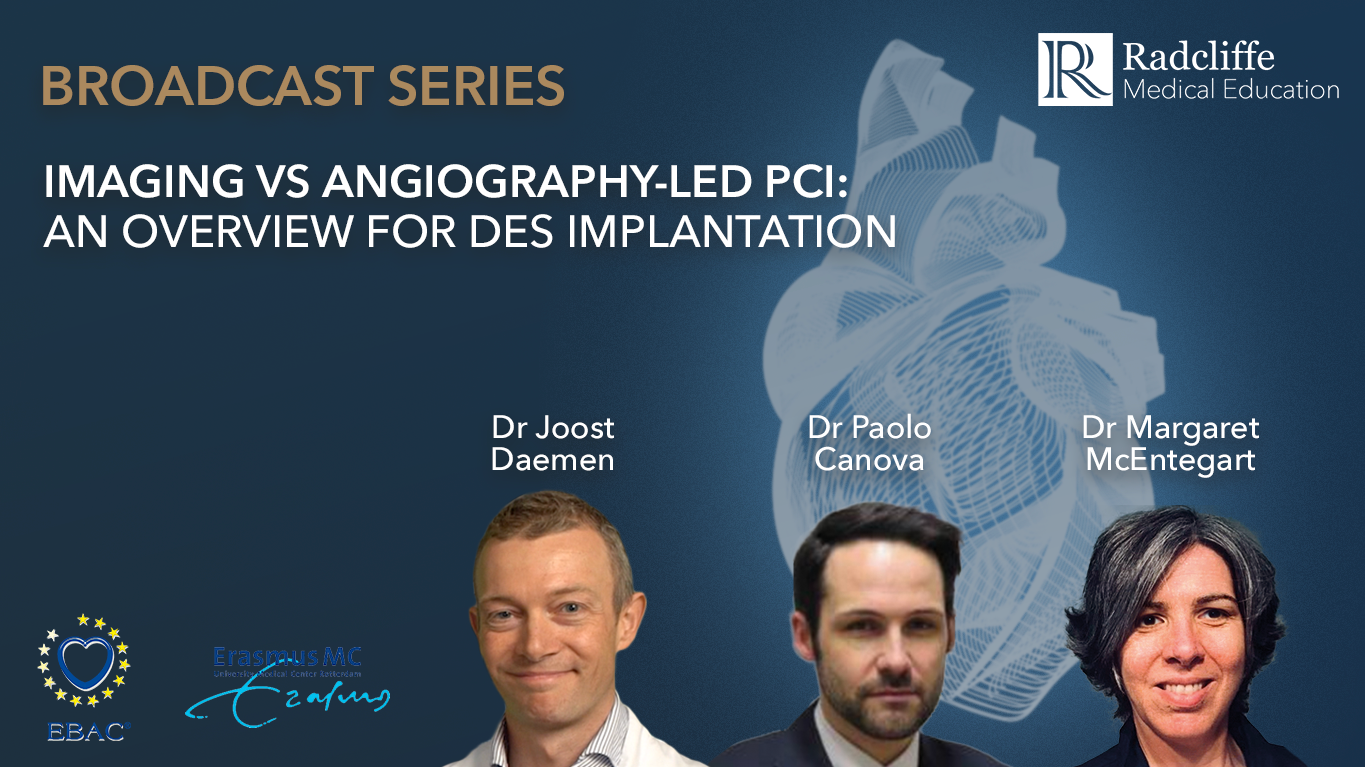 18m 47sPart 1 | Session 1 Welcome and The Science Behind the Pictures Joost Daemen, Margaret McEntegart, Paolo Canova
18m 47sPart 1 | Session 1 Welcome and The Science Behind the Pictures Joost Daemen, Margaret McEntegart, Paolo Canova
-
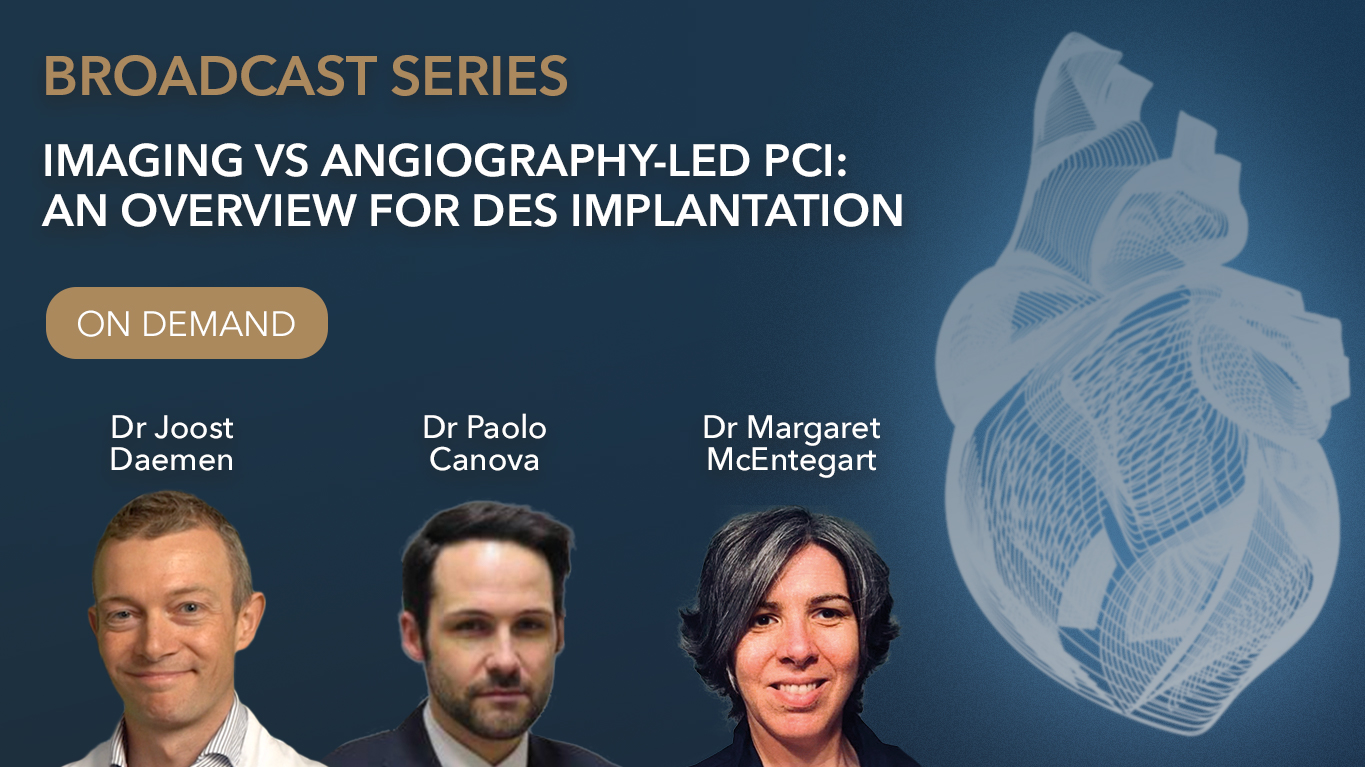 20mPart 1 | Session 2 How Intravascular Imaging will Change your PCI Strategy Joost Daemen, Margaret McEntegart, Joost Daemen
20mPart 1 | Session 2 How Intravascular Imaging will Change your PCI Strategy Joost Daemen, Margaret McEntegart, Joost Daemen
Overview
Contemporary invasive imaging techniques improve the detection of coronary details and have great potential for improving clinical outcomes, due the lower risk of in-stent restenosis and thrombosis. This webinar series provides an overview of the current use of intravascular ultrasound (IVUS) and optical coherence tomography (OCT), the relative advantages of each technique and real-world insight from imaging experts.
This programme has been designed to offer education on proper image acquisition, interpretation, and correct decision-making to optimise the use of contemporary imaging.
Note, this on-demand version is not CME accredited.
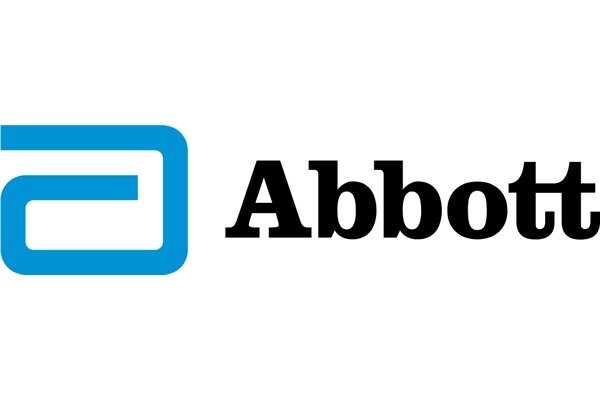
Learning Objectives
- Incorporate contemporary imaging for PCI in appropriate patients
- Differentiate between modern imaging techniques based on clinical data
- Recall best practices for image acquisition, interpretation and decision-making
- Interpret image data and make clinical decisions generated from existing case study data
Target Audience
- Interventional cardiologists
- Physicians within the peripheral intervention space
- Imaging specialists
More from this programme
Part 1
Imaging vs angiography-led PCI: An overview for DES implantation
Part 2
Imaging vs angiography-led PCI: What does success look like?
Part 3
Intracoronary imaging for PCI: A practical approach to OCT
Part 4
Imaging-based Procedure-planning with OCT: Application to Clinical Practice
Faculty Biographies

Joost Daemen
Interventional Cardiologist
Dr Joost Daemen is a senior interventional cardiologist at the Thorax Center, Erasmus MC, Rotterdam, NL. Dr Daemen obtained his degree in medicine at the Erasmus University Medical Center. He is actively involved in several drug-eluting stent trials and is Principal Investigator of four trials focusing on the safety and efficacy of renal sympathetic denervation in hypertension, heart failure, vasospastic angina and heart failure. Dr Daemen is a member of the editorial board of EuroIntervention and the Netherlands Heart Journal, member of Young ICIN, and has completed courses in biomedical statistics and device training.

Margaret B McEntegart
Director of Complex PCI and CTO Programmes
Dr Margaret McEntegart serves as the Director of Complex PCI and CTO programmes at Columbia University Irving Medical Center, New York, US. She also holds the role of Director of Cardiac Catheterization Laboratories at Columbia University Irving Medical Center / New York-Presbyterian Hospital.
Before joining Columbia, Dr McEntegart served as a consultant interventional cardiologist at Golden Jubilee National Hospital (UK), where she played a pivotal role in establishing and leading the CTO and Complex PCI Programme.
Paolo Canova
Dr Paolo Canova, MD obtained his medical degree with full honours at Milan-Bicocca University in 2008. During his studies he won a scholarship for a cooperation and development project at “St. Mary’ s Lacor Hospital” (Uganda) and completed a clinical fellowship in Internal Medicine and Cardiology at the “Hospital Universitario Marques de Valdecilla” in Santander (Spain).
Between 2009 and 2014 he was a fellow at the Cardiovascular Department of “Papa Giovanni XXIII Hospital” in Bergamo (Italy) and “Niguarda Hospital” in Milan (Italy).
In 2014 he completed his training in cardiology and cardiovascular diseases qualifying with full honours…





